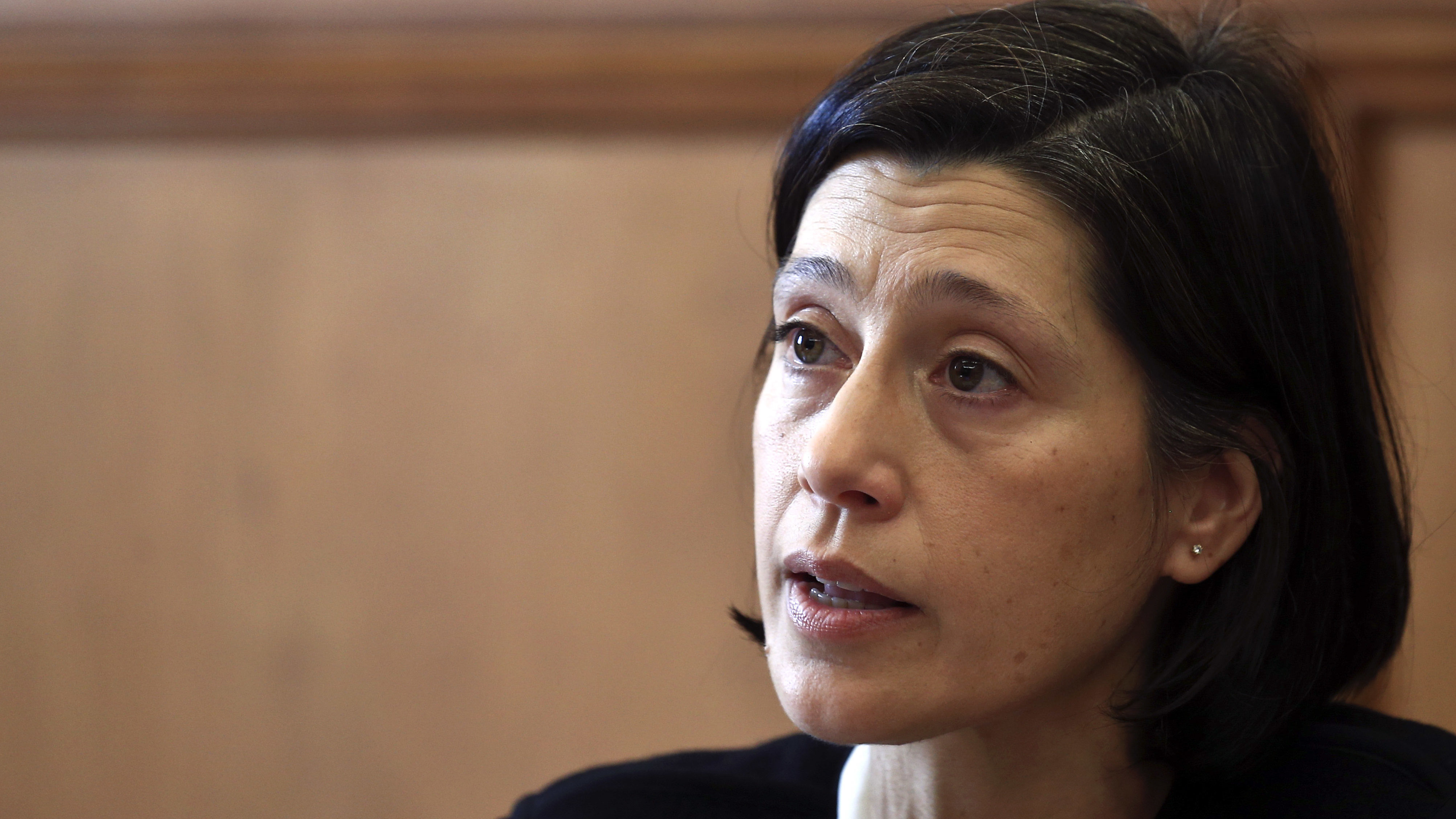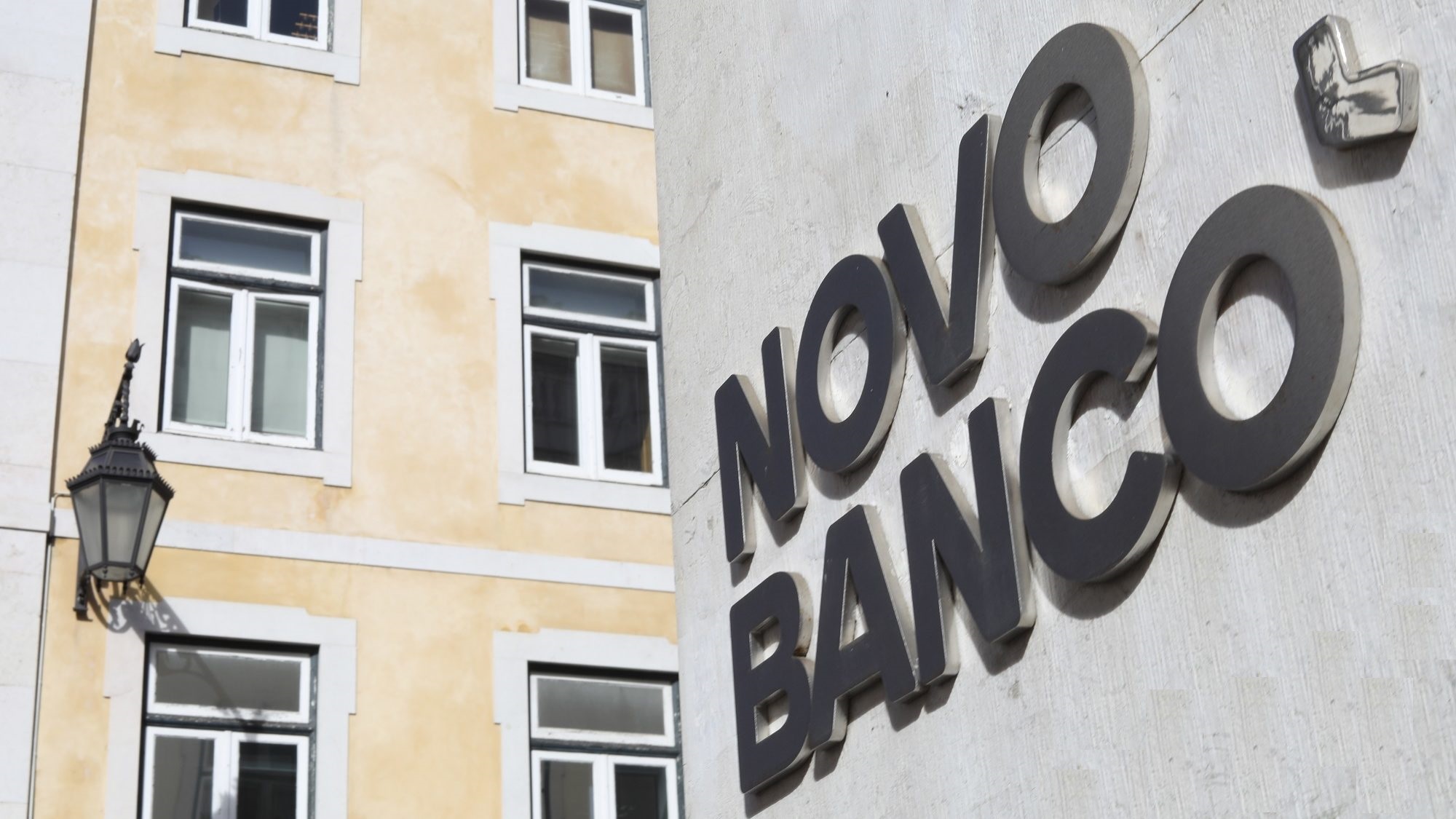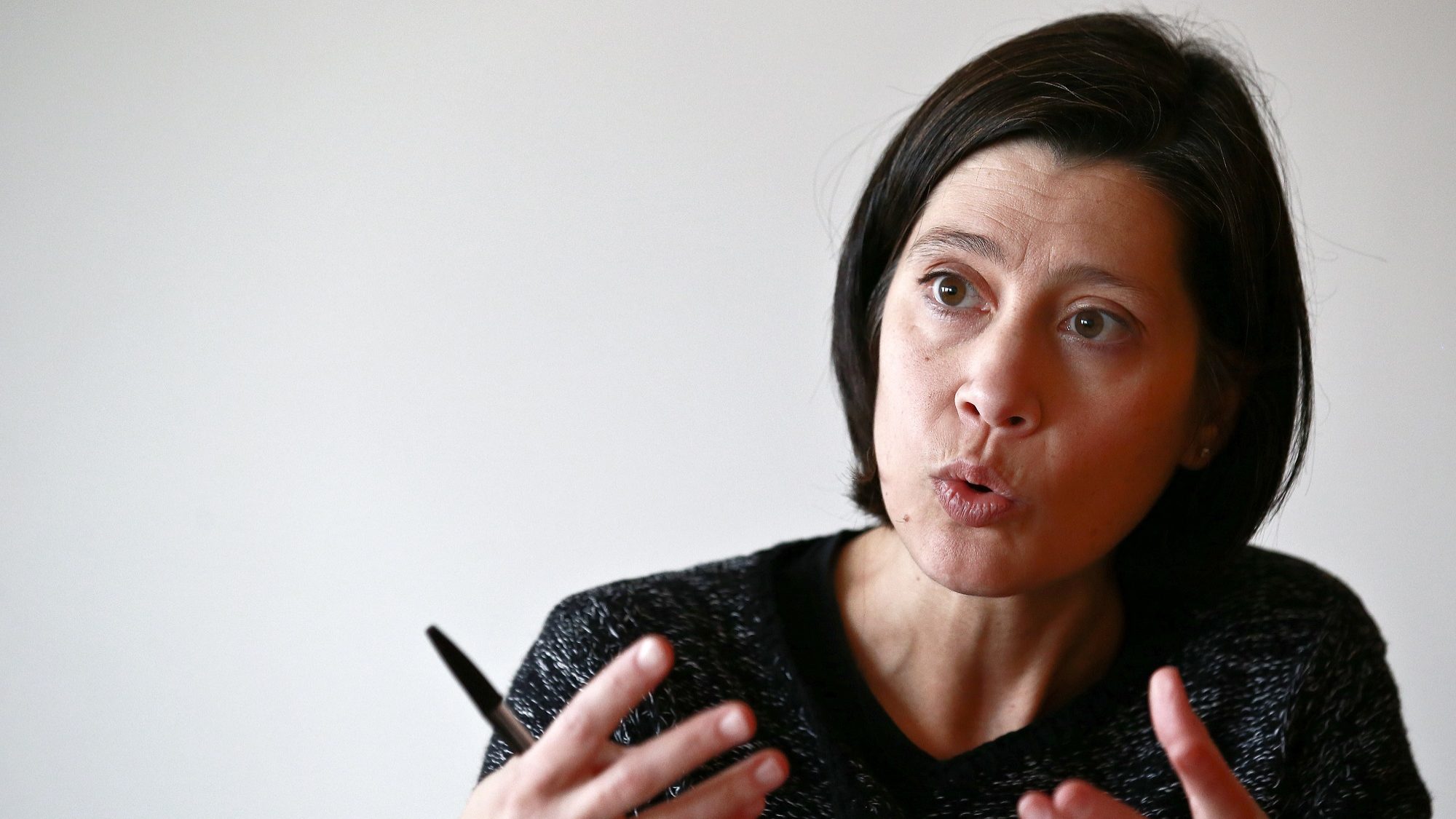Portugal has been “junk” for 2,118 days. When will it be enough?
Only DBRS gives Portugal the rating which keeps it connected to the ECB. S&P, Fitch and Moody's continue to give Portugal the "junk" status. It has been over 2,000 days. When will it be enough?
April 6, 2011, will go down in history as the day Portugal requested, once again, financial aid. The bailout came and brought along cuts in ratings which put the country in the junk status. 2,118 days have gone by since the first “junk” rating. The country is bouncing back, but it will be a while before it is once again considered a safe investment.
After several downward revisions of the rating given to Portuguese debt, the country requested a 78 billion euros bailout when it was still under the three largest agencies’ ratings: S&P, Fitch and Moody’s. Moody’s was the first to take action: on July 2011 it cut the rating to Ba2. Fitch and S&P took a while longer: Fitch withdrew Portugal’s investment status on November 2011, while S&P waited until January 2012 to downgrade the rating to BB+.
Then, a dry spell: three years without any change in Portugal’s rating. Junk, then junk, and once again junk… except for DBRS. The Canadian agency never graded the Portuguese issued securities as speculative. The European Central Bank was changing their strategy and started purchasing debt directly from the Member States, and it was DBRS who kept Portugal eligible for that programme.
It is difficult for Portugal to leave the junk status, in spite of all the complaints. Mário Centeno, in an interview to the Financial Times, stated: “I think we are not really being fairly treated […] It’s important for rating agencies to understand that Portugal today is different from the Portugal of 2012. The sustained reduction in household and company debt has been staggering”. Also Mourinho Félix, the State undersecretary and Finance secretary, stated this Thursday that rating agencies “will have a harder time explaining why they don’t change Portugal’s grade, since the 2017 Portugal is so different from what it was in 2014” — concerning the improvement in the economy, as well as the financial system and public balance’s stabilization.
On the contrary, Cristina Casalinho shrugs her shoulders: she says Portugal will need “another six months to improve its outlook” and, therefore, “a change in Portugal’s rating before 2018 seems unlikely”. In addition, the weight of the new debt issued in 2017 increased 3.4% in comparison to the 2.5% the Portuguese Treasury paid last year, in spite of the progress being made, both concerning growth and the decrease in the deficit.
Portugal has been showing its economic potential: the economy grew 1.4% in 2016, and the government estimates it should continue to grow, reaching the 1.8% threshold this year. Nonetheless, medium-term expectations for the economy are not so optimistic — the increase in GDP for 2018 should be less significant.
As for the deficit, it was the lowest ever recorded in the Portuguese democracy: 2%, which increased the expectation that Portugal will be able to leave the Excessive Deficit Procedure (EDP). Fitch complimented what has been done in terms of fiscal consolidation, but the agency believes the deficit will once again slip to “close to 3% of GDP” because of CGD‘s recapitalization.
S&P wants “the continuance of a fiscal consolidation that places budgetary balance on a positive ground”. The Stability Programme points to that direction. The document predicts a 1% deficit in 2018 and a 1.3% surplus in 2021, which could easily allow the country to start paying its debt; yet, the ratio is still too high for agencies to jump ahead with quality ratings. Gross debt should grow to 240 billion euros, the equivalent to 130.4% GDP, when it should not surpass 60%. Fitch tackled the elephant in the room: “External debt as a GDP percentage is one of the world’s highest”.




